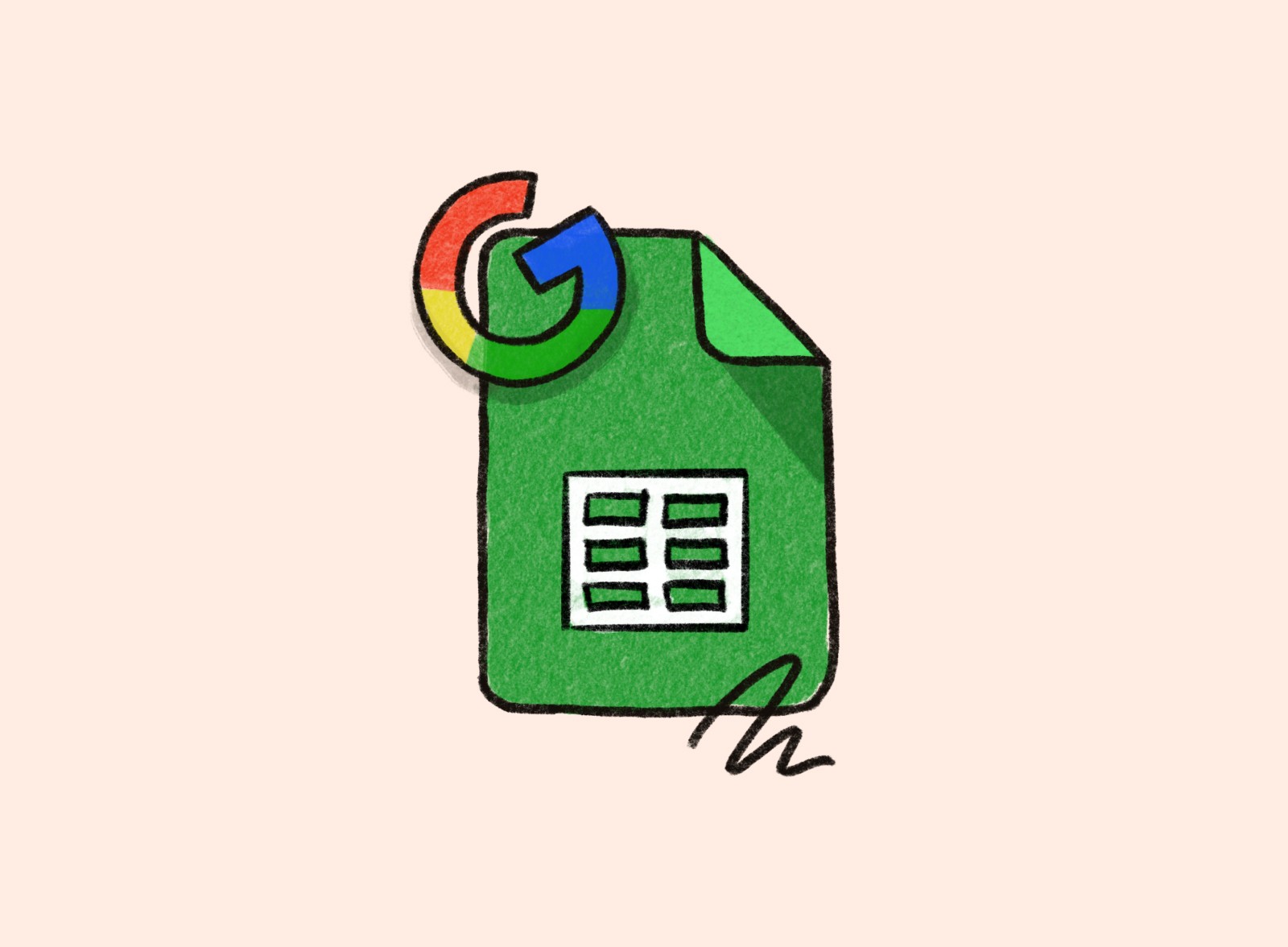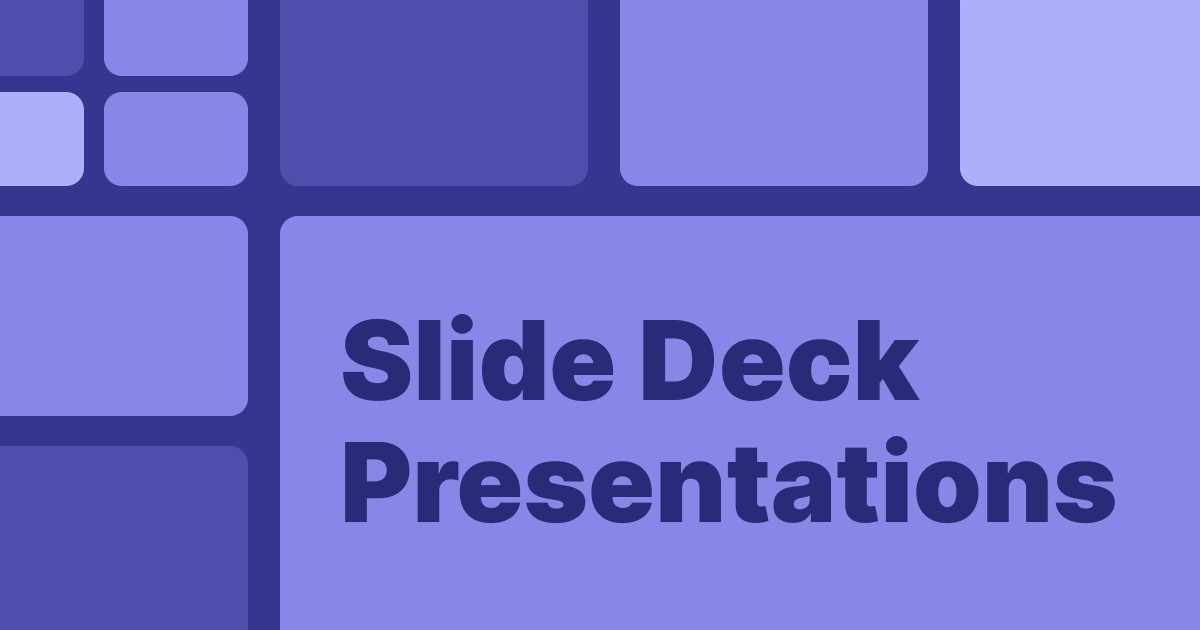7 MIN READ
•
Design
How to design, launch, and publish a podcast in 2024
A step-by-step guide to launch a podcast using AI, design kits, and hosting platforms to deliver a unique experience that stands out.

How I launched and designed a podcast
I recently launched a new podcast.
It started out like any other idea, with a hypothesis.
”We should launch a podcast because it will be fun, but also help with brand awareness and generate leads for the business.”
Then a few seconds later…
“It doesn’t need to be much. Just having conversations with interesting people.”
A couple of simple and earnest statements.
But like most projects, I lie to myself and downplay the effort involved which I find myself doing all the time after thinking of a new idea.
The truth is, launching something new is easier than ever. There are 3-4 million podcasts out there taking up air space.
If you really want to create one, you could launch in a single day.
And if you were doing this only yourself, maybe that’s ok.
But think about the podcasts you listen to: they are produced well with great audio, have a format you love, intro music that’s catchy, thumbnail art that’s designed well, and the show notes are well thought out.
And of course the conversations or stories are compelling.
The last part is what a lot of people focus on, and rightly so. But there’s also a lot of other things that make a great show.
Putting a little bit of effort into making something special doesn’t have to be a waste of time, especially if you want to show up and stand out.
Here’s how we launched and designed our not so simple podcast from start to finish.
Picking a name
I don’t talk about this much, but in the past year I started another company with a few friends. We named it Hey, Good Game.
Part of the reason we picked a fun (and weird) company name from the start is because it gives you plenty of options when expanding the universe of your brand.
We briefly thought about naming the podcast after our weekly newsletter, “Game On!”, but there were already a number of podcasts with this same name. Because we’re small, there was no great reason to add more complexity to this issue.
To stay on brand, we kept the same name as our company to avoid any confusion, and to build trust when people decided to travel between the different channels.
Designing the podcast cover
When I initially designed our site, I went with an simple stacked logo, amplifying only the exclamation point.



For anyone starting out, don’t spend hours on your logo. But take 20 minutes to find a good font and type it out.
Part of this exploration is about sending a signal about your taste. It’s subtle, but stacking single intentional decisions like this can save you time and money later on.
The logo was fine for the past nine months while we stood everything up, but as I started to create a number of different assets, it became clear that we should lean into the types of games we care about, which are simple logic and puzzle games that use cells as a primary design pattern.
The grid became a more complimentary visual element I wanted to incorporate, but I also loved the sideways exclamation point, as if someone just knocked it over for fun.
So I started to work on a new logo that would eventually become our cover art for the podcast, staying as consistent as possible with the brand.
Remember, branding should be boring once you have all the pieces in place.
Getting and interviewing guests
Initially, I thought getting guests might be a little difficult for a new podcast. But I underestimated how flattering it is to be asked to be a guest on one. People love to share their stories.
We built a list of potential guests to interview, and started reaching out using a simple email template. During this, we were able to interview one guest, and used that as a way to indicate we were serious about interviewing more.
Once we confirm a guest, we set up a SquadCast link, and sent that out in a confirmation email.

Just before we decided to launch our podcast, Descript acquired Squadcast. Squadcast is like Riverside, but more tightly integrated with Descript’s software, and free to use.
For the first interview, I took a couple of hours doing research and pulling articles, interviews, and anything I could find on the guest. Then I built a list of questions using some prompts from Danny Miranda’s course—The Art of Interviewing—to create a list of good questions to ask.
Because I have other projects I’m working on, we save time by outsourcing the researching of guests, and try to spend some additional time preparing a Google Doc that we share between myself and my co-host.
Editing the audio
In a past life—ok eight years ago—I vlogged. I quit because I felt like I had nothing useful to say, and because it took a lot of time to do.
Going into this podcast, I knew I didn’t want to edit the audio, along with everything else we needed to do. Even though Descript makes it easy to edit, I wanted to have a polished podcast that felt branded, and for our guests to feel like this was a premium experience.
So, I decided to outsource the audio editing to a professional. We found a talented audio engineer who could enhance the sound quality, remove any background noise, and ensure a seamless listening experience.
By outsourcing the audio editing, we could save time and still provide a top-notch podcast for our audience.
While we eventually want to hire a full-time audio/video editor, we have been using a very talented audio engineer for the first batch. If you want an intro, just reply to this email.
Creating show notes with AI

Just eight months ago, creating show notes, timestamps, and summaries had to be done manually.
But now, there are several AI services available to do all of this for your manually.
I signed up for Podium, an AI tool for podcasts that does all of this automatically.
Once you upload your finished audio file, it transcribes, summarizes, creates show notes, time stamps, keywords, and anything else you need to submit to your podcast hosting provider.
Descript also just announced that they’re able to do this too, so I might switch and consolidate everything under their umbrella of services.
Hosting the podcast

I did nominal research here, but I have always been a fan of Transistor and their easy to use tools. I’ve followed the co-founder Justin Jackson for awhile, and while bootstrapped, I find their software far ahead of everyone else.
We were looking for a service that allowed for dynamic ad insertion, to promote our own games and sponsors.
Once I upload the file into Transistor, add the artwork, show notes from Podium, I’m almost ready to publish.
There are some settings and other decisions to make on how you want your show notes to display, but I took some inspiration from other shows I listen to to figure that out.
Transistor also has some great analytic tools, and support for publishing your podcast that made it easy to figure out.
Designing an episode page for our website

Where do you want your episode to live?
I can’t remember the last time I visited a web page for any given podcast I listened to, apart from trying to find a link to a product they mentioned.
So I didn’t want to weigh this part too heavily.
Transistor offers its own website hosting, and Podpage does a great job of this too. But to be honest, it seems everyone uses these, and they all look terribly boring. It’s not their fault, but they’re catering to the masses.
We’re trying to build a distinctive brand in a niche space to advocate for indie game creators. We’re also hoping to promote the mental health benefits of gaming, games as a door to entrepreneurship, as well as learning math and programming skills.
Since we pay for Framer, it didn’t feel necessary to pay another service just to pull in the content from our RSS feed.
So while it was a bit more work, I decided to build out our own template in Framer using its CMS.
Framer (get 3 free months) has a flexible CMS which gives you the ability to easily create custom dynamic fields that are easy to update. I have separate collections for blog and podcast, even though their powered the same way.
The reason for doing this is because I wanted more control over the colors, the layout, and the share buttons. We’re also going to be promoting our own games and newsletter more, so funneling everything into our own experience continues to build the brand equity we’re amassing.
Creating editorial articles vs transcripts and juicing SEO
SEO is a large part of our strategy, and making sure we’re optimizing for this is part of the reason why I chose to build our episode pages using the same platform as our website.
Podcast episode pages are notoriously poor SEO performers, as the transcripts of episodes never rank that high.
So while you can still get our transcript, I’m not prioritizing that.
Inspired by StarterStory and Hampton, we want to create evergreen stories from game creators that are more interesting to read than a transcript of the episode.
So we hired a writer to take the interview, and distill it down into a digestible format like this one for the game, Xordle.
Our plan is to link to this article from the episode page, as well as a YouTube video if we create one from the initial interview.
Creating a custom audio bumper
There's something about a defining audio bumper. All of my favorite podcasts have one. From Tim Ferris, to Smartless, they create a simple audio bumper that draws you in, letting you know you’re in the right place. I loved the one we created for my last show, It’s Gotta Be the Mic.
This is not something I could do myself, and so I sought out recommendations for audio engineers to create one. I was referred to David Gonzalez, who does exactly that. He came up with our intro/outro, and the bits and pieces in between.
What’s important when working with creative people is to speak their language. Even providing images or examples you love go a long way.

I gave David my Figma file and a couple of image examples to work with, and he hit it out of the park.
Branding the video experience

We're not quite here yet, because we haven't found an editor yet. But, based on the colors, the fonts, and the overall vibe, I've put together some design assets that I want to convey in the interviews.
Even if they don't feel complete, I think it's good to explore the overall tone you want to convey. Doing this ahead of time can save you hours when you later decide to take on this effort.
Just knowing how to throw around some colors and fonts in a design tool like Figma can help you create whatever you can imagine, even if you're not a designer. I even have a course to show you how to do this.

Hiring a full-time podcast/YouTube editor
Going forward, we’re looking to hire a full-time editor who can handle both our audio and YouTube editing.
It’s been a struggle to find a solid video editor so far, so we decided to just launch the audio version and post the videos later once we have them.
Whenever interviewing creative people for a specific task, look for examples where they have accomplished goals for someone else. If they don’t have any experience using certain software, designing or editing for a certain niche, expect a learning curve and more iterations back and forth.
Launching the podcast
As of today, we have only launched three episodes, but have interviewed nine game creators making a living from building games.
I’m incredibly proud of what we built. It took a few months to figure out the software, the branding, and the audio, but we wanted our early interviews with guests to have a premium feel.
I didn’t want to wait until episode 20 to figure all of this out. And you might not want to either.
If you have a high bar for quality, sometimes it’s worth putting in the effort to create something that feels timeless.
Join 3,800+ solopreneurs & professionals who are:
Building trust with personalized branding
Increasing sales with premium packaging
Creating clear offers that convert
Get dollar-driven design tips in your inbox 2-3x a week.
More Posts


























